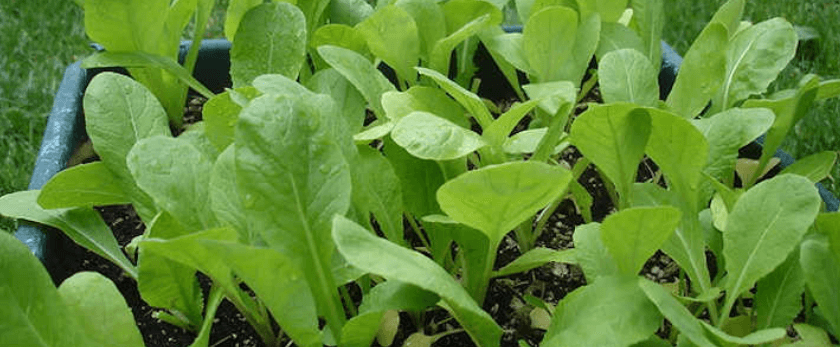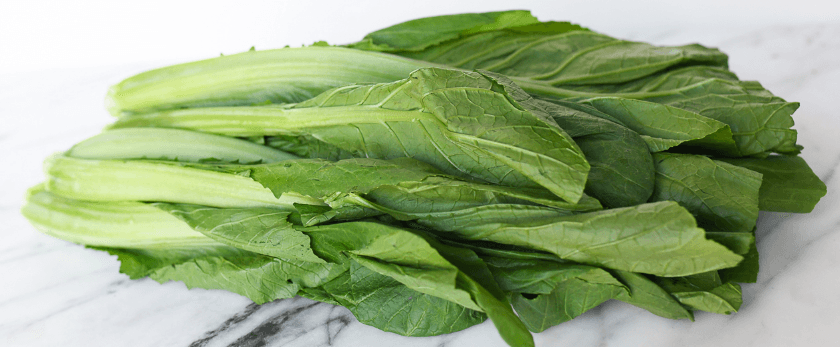Are you looking to add some green to your garden and your plate? Look no further than mustard greens! These leafy vegetables are not only delicious and nutritious, but they are also easy to grow and maintain. In this article, we will guide you through the process of growing mustard greens, from caring for them to common problems and the best time to grow them. So let's get started!
Caring for Mustard Greens
Watering
Mustard greens require consistent moisture to thrive, but be careful not to overwater them. The soil should be kept evenly moist, but not waterlogged. A good rule of thumb is to water them deeply once a week, or more frequently if the weather is particularly hot and dry. Make sure to water at the base of the plant, avoiding getting the leaves wet, as this can lead to disease.
Light
Mustard greens prefer full sun, but they can also tolerate partial shade. If you are growing them in a hot climate, it is best to provide them with some afternoon shade to prevent the leaves from wilting. If you are growing them indoors, make sure to place them near a sunny window or use grow lights to provide them with enough light.
Soil
Mustard greens prefer well-draining, fertile soil with a pH level between 6.0 and 7.5. If your soil is too acidic, you can add lime to raise the pH level. If it is too alkaline, you can add sulfur to lower the pH level. It is also a good idea to add compost or well-rotted manure to the soil before planting to provide the plants with essential nutrients.
Fertilizer
Mustard greens are heavy feeders, so it is important to fertilize them regularly. You can use a balanced fertilizer, such as a 10-10-10, every two to three weeks. Alternatively, you can use organic fertilizers, such as fish emulsion or compost tea, which will also help improve the soil quality.
Pruning
Pruning is not necessary for mustard greens, but you can remove any damaged or yellowing leaves to promote new growth. You can also harvest the outer leaves as needed, which will encourage the plant to produce more leaves.

Best Time to Grow Mustard Greens
Mustard greens are cool-season vegetables, meaning they prefer to grow in cooler temperatures. They can be grown in both spring and fall, but they do not do well in hot summer weather. If you live in a warmer climate, it is best to grow them in the fall when the temperatures are cooler.
Common Problems with Mustard Greens
Pests
Mustard greens are relatively pest-resistant, but they can still be affected by some common garden pests, such as aphids, flea beetles, and cabbage loopers. You can use organic methods, such as handpicking and using insecticidal soap, to control these pests. It is also a good idea to rotate your crops to prevent the buildup of pests in the soil.
Diseases
Mustard greens can also be affected by some common diseases, such as powdery mildew, downy mildew, and clubroot. To prevent these diseases, make sure to provide adequate air circulation and avoid getting the leaves wet when watering. If your plants do get infected, you can use organic fungicides to control the spread.
Bolting
Bolting is when the plant produces flowers and seeds prematurely, which can affect the quality and taste of the leaves. This usually happens when the weather gets too hot, so it is important to plant mustard greens in the right season and provide them with enough shade to prevent bolting.
Conclusion
Growing mustard greens is a great way to add some green to your garden and your diet. With proper care and attention, you can enjoy a bountiful harvest of these nutritious and delicious leafy vegetables. Remember to water them consistently, provide them with enough light, and fertilize them regularly. And if you encounter any problems, don't worry, there are solutions to keep your mustard greens healthy and thriving. Happy growing!










